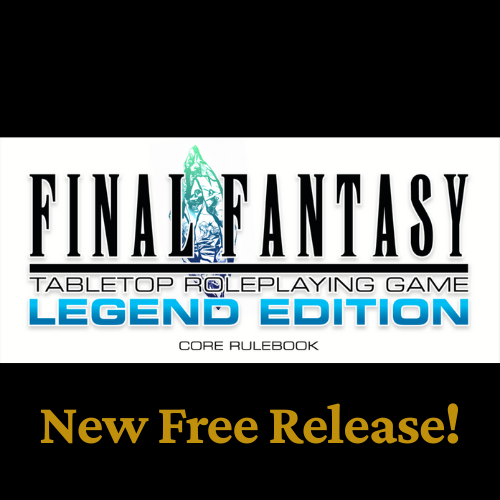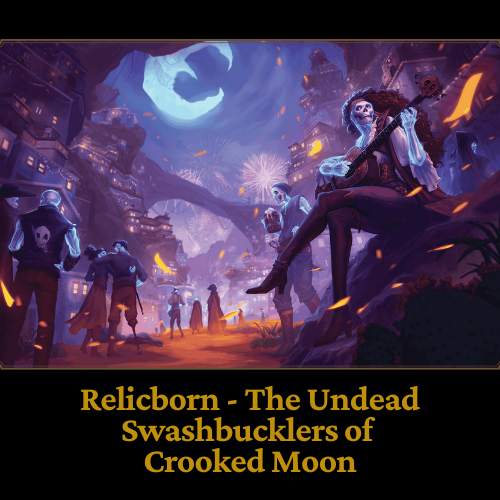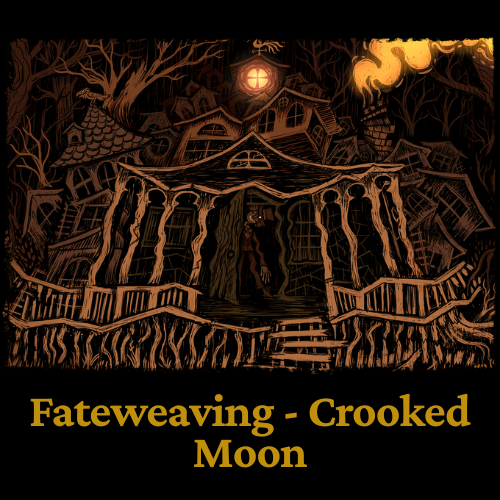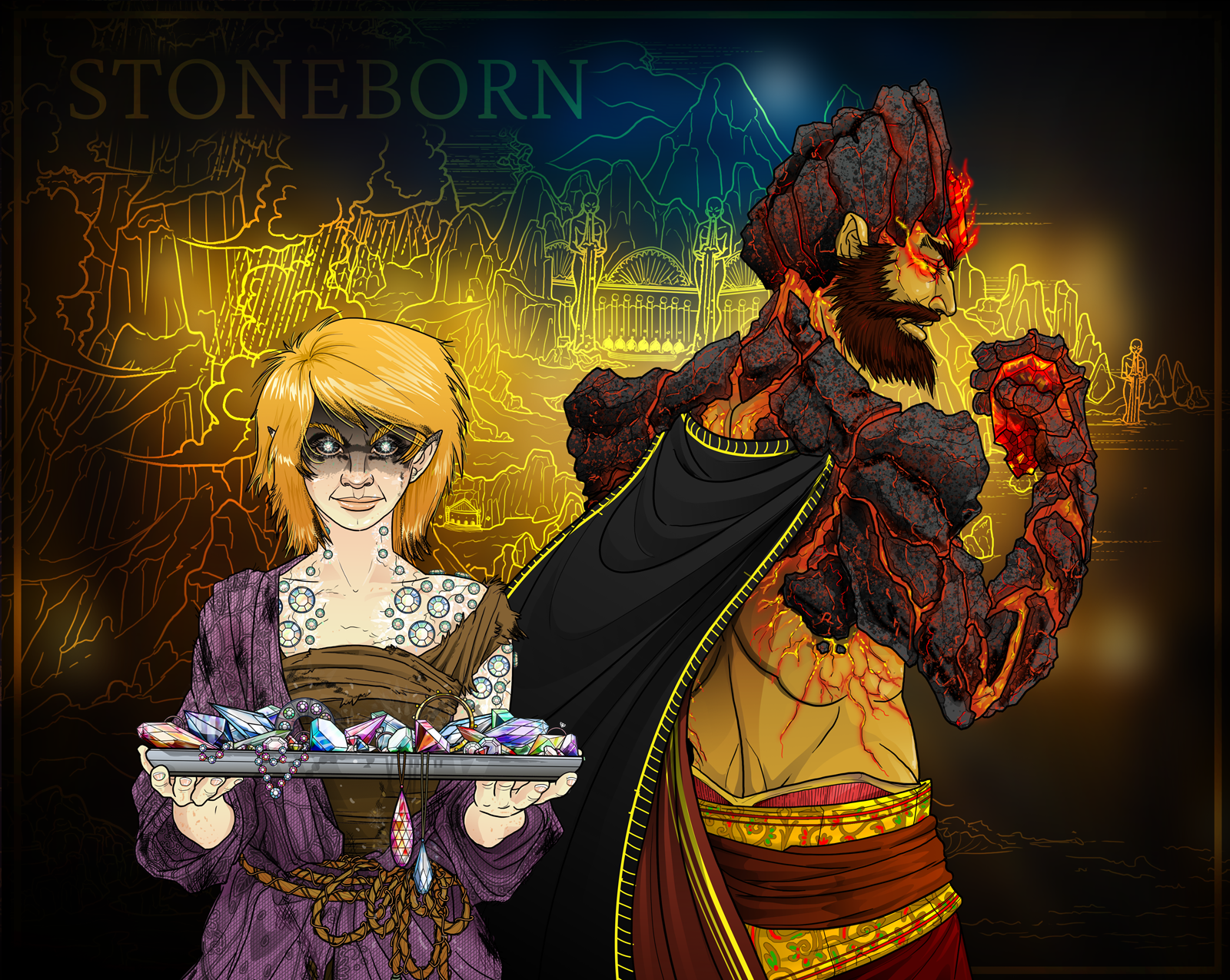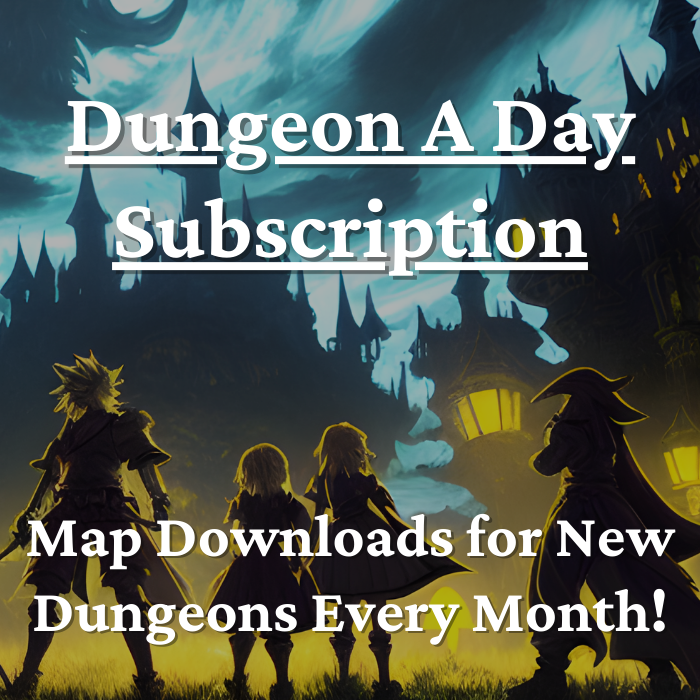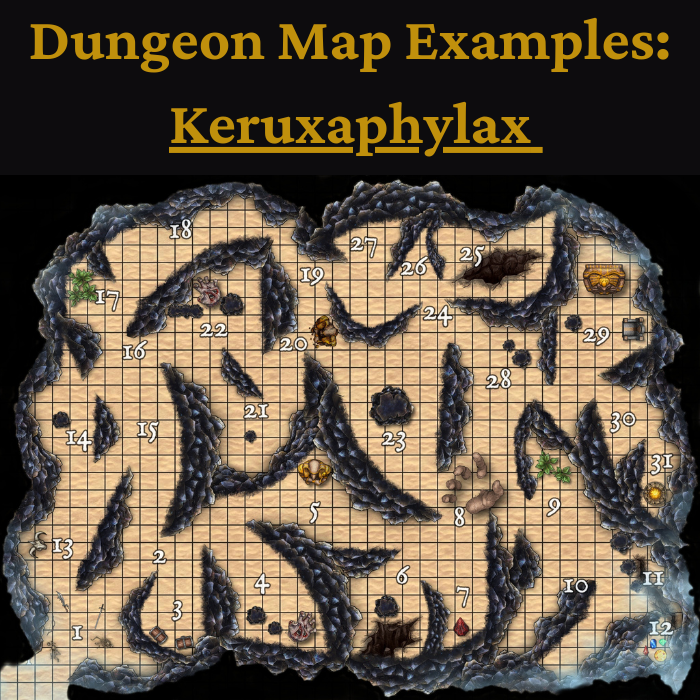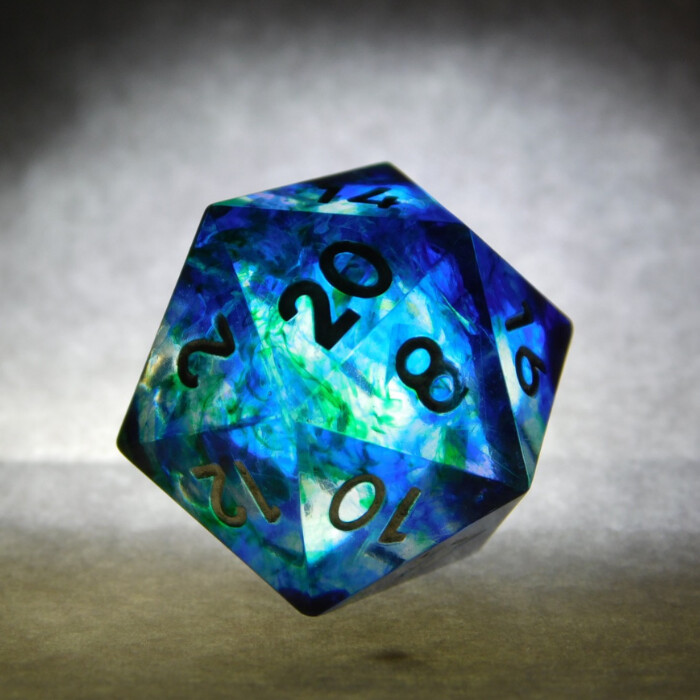Baldur's Gate, Moonshae Isles, and Icewind Dale - Adventures in Faerun
Transcribed content from our recent YouTube video: https://www.youtube.com/watch?v=pKV7iRcC31c&ab_channel=EternityTTRPG
Transcription
Wizards just dropped a bombshell—and no, it’s not another owlbear plushie.
We’re finally heading back to the Forgotten Realms with a brand-new DM sourcebook—and it’s got survival horror, urban intrigue, and a ton of iconic locations.
Welcome back to Eternity TTRPG, your go-to for all things Dungeons & Dragons—rules, reveals, and Realm-shaking updates.
Let’s start with the basics. Adventures in Faerûn is the brand-new Dungeon Master expansion dropping this November, and it's built specifically for the new rules update. That means it plays nice with the shiny new Player’s Handbook and Dungeon Master’s Guide.
But unlike previous setting books, this one’s taking a genre-first approach.
Instead of just a map and a lore dump, each of the five featured regions is tailored to a unique style of play. Think ‘Baldur’s Gate’ as gritty urban fantasy. ‘Icewind Dale’? Full-on survival horror. Yes please.
Here’s the lineup of iconic locales we’re getting tools for:
- Baldur’s Gate – which you probably know from all our favorite, Baldur’s Gate 3. There’s urban crime, political tension, and maybe a little devilry.
- Calimshan – from older renditions of the Forgotten Realms Lore. You’ll fine scheming nobles and arcane secrets in an Arabian-Nights-esque setting.
- The Dalelands – from both 2e and 3e Forgotten Realms lore. This is classic high fantasy with lots of room for heroic sagas.
- Moonshae Isles – from The Moonshae Isles Regional Guide. It comes with Celtic vibes and druidic magic—great for mystery and folklore campaigns.
- Icewind Dale – which you can read about in the Legend of Drizzt Novels, by R.A. Salvatore. Here, you can expect Frostbitten survival, isolation, and ancient horrors.
Each region comes with new adventure hooks, genre tone guides, and NPC inspiration tailored to the vibe.
Real quick to interrupt, we now have free downloadable D&D cards at the Eternity TTRPG website that you can use at your table. Everything from combat actions to status effects – no more flipping through your book to see what exactly being “Petrified” does to your character.
You can just take our graphics, print them out at home, and slap them on your table for fun and easy reference. Grab yours today using the link, below!
Now, back to the video. Here’s the cool part—some of this material with the Forgotten Realms hasn’t been touched in Fifth Edition. Like, ever.
They’re digging into the deeper lore of Faerûn and even pulling some artistic cues from Baldur’s Gate 3. You might recognize a few faces—or infernal contracts—from the game.
And while it’s not confirmed, early previews suggest the book might come with poster maps—yes, actual tearaway maps. Which awesome. My table is ready.
Adventures in Faerûn officially releases on November 11th, 2025. But—if you pre-order through D&D Beyond or an early-access local game store, you’ll get the digital version weeks in advance.
Price isn’t locked yet, but it’ll probably sit around the usual $50 USD mark—same ballpark as Phandelver & Below and Vecna: Eve of Ruin.
Now, you know how Wizards rolls: we’ll likely get tie-in minis from WizKids, and there’s a good chance Beadle & Grimm's will cook up one of their deluxe kits—metal coins, props, the works.
To wrap it all up, here’s why this book matters: 5e hasn’t had a full Realms guide since 2015’s Sword Coast Adventurer’s Guide. That’s nearly a decade without a dedicated Realms setting book.
With the new rules and player guide dropping alongside it, this feels like Wizards’ attempt to make the Forgotten Realms fresh again—for new players and you experience, veteran gamer-grognards, alike.
So, what do you think? Which of the five locations would you run a campaign in first? Is this genre-based format the future of setting books?
Drop your take in the comments, smash that like button like it’s a mimic, and subscribe for more D&D news, lore, and spicy takes.
Until next time—may your dice roll high and your plot hooks land.
Dice, Dungeons, Games & More - Eternity TTRPG
Share This Article

Author - Jacob Tegtman
Dear reader, I hope you enjoyed this article. Tabletop gaming has been a passion of mine since I was 6 years old. I've played just about every game from Dungeons and Dragons to video games like Final Fantasy. These games have inspired me, made me laugh, made me cry, and brought me endless hours of enjoyment.
I started Eternity TTRPG - and the indie tabletop game that goes along with it (Eternity Shop) - to share my love of gaming with others. I believe that in our technology-driven age, tabletop games help bring a sense of magic and community back into our world.
If you love the site, please share it with others! I have lots of gaming-related material for you to peruse and use in your own gaming sessions. If you have any questions about the site or want to contribute, just send me a message using the "Contact" page, which you can find in the site's footer.
